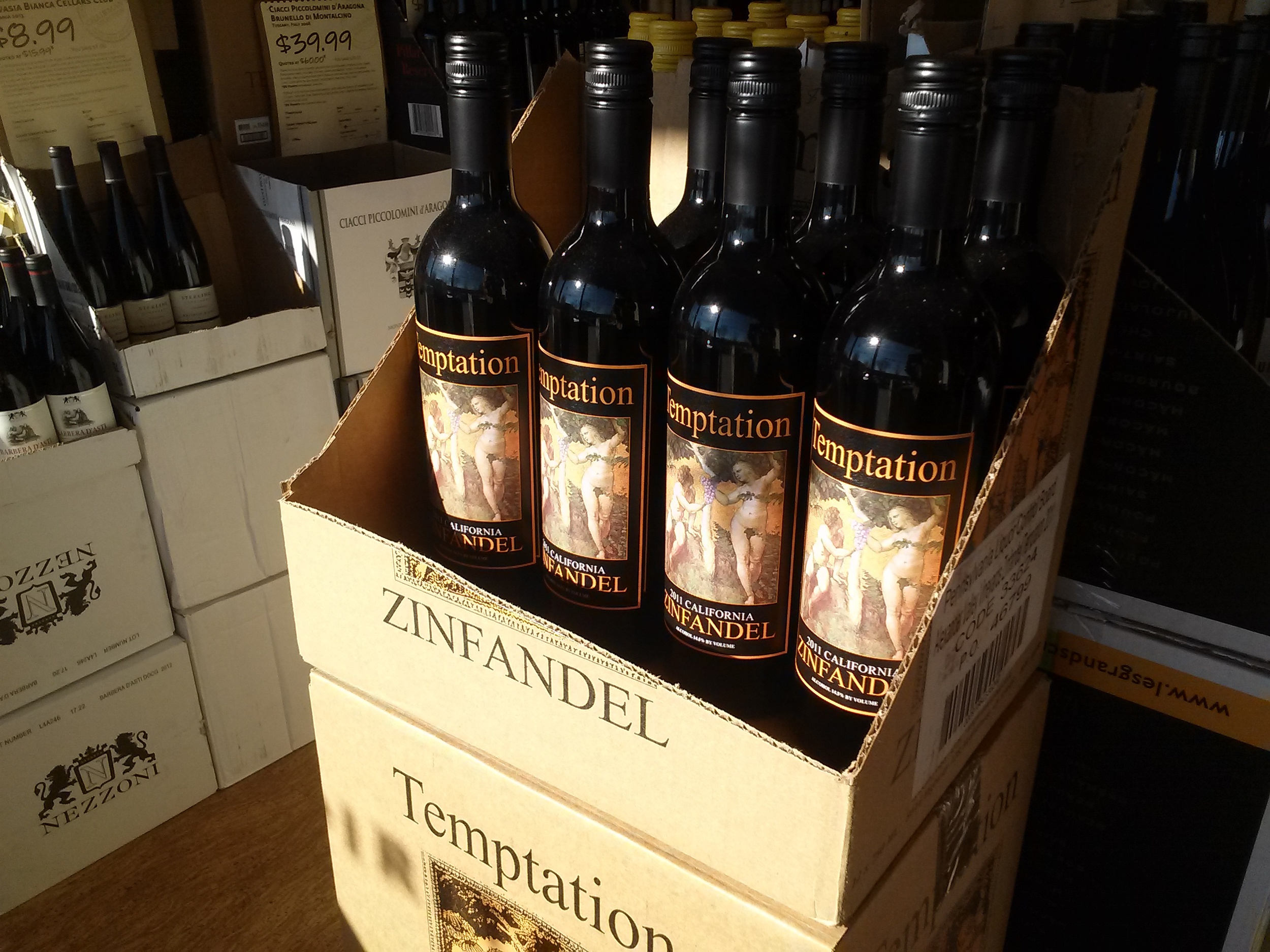Recognizing BWB: Bad Wine Behavior
/Greetings, everyone! Hope the holidays are treating you well.
I was out picking up wine the other day and came across some, "Shame on you," moments at the PA State store. I prefer my posts to be positive, so I'll share this with the hope that it will help you make better selections anywhere you shop.
Fact: Wine Quality Suffers When It's Handled Poorly
You know how frustrating it is when you buy food at the supermarket, only to get it home and find it's all spoiled and rotten. Maybe you can return it, but there's no accounting for the time you spent shopping for that item and driving it to/from the store. It's a waste of time and it's frustrating.
Likewise, there are some basic wine no-nos that even the most inexperienced of wine drinkers can appreciate. Sadly, even after a multi-million dollar campaign to upgrade their stores this year, the PALCB is still practicing BWB (bad wine behavior). I don't blame the staff in the stores, but the corporate decision-makers and store designers, for forcing employees into this scenario. There are some really knowledgeable people working in PALCB HQ, seasoned sommeliers and wine industry experts, and they should know better.
Not quite an expensive Champagne, but $23 is still pricey. It would be frustrating to get this wine home only to find it's been ruined by heat exposure. And if I really want to nitpick, the term is Cremant, PALCB.
This CA Zinfandel was baking hot when I touched it. Maybe not a huge loss at about $10 (not sure what the price was), but still, do you want to buy anything that might be worthless?
The Hard Evidence
In the pictures above, you'll notice that PA's, "Fine Wine and Good Spirits," are basking right in the direct sunlight in the front window. They have a very fragile $23 sparkling wine (not a cheap wine) baking in the midday sun. I touched these bottles and they were HOT. This is one of the first rules for storing quality wine: Avoid temperature fluctuations and direct sunlight. Wines need a cool, dark, and stable environment to stay at their best. Ever had a wine that tasted like it was burnt? Direct sunlight literally "cooks" a wine.
$70 for a wine that has been standing up on a shelf for who knows how long? No thanks.
In many cases, "ready-to-drink" (young, affordable) wines don't require aging and can handle a small amount of stress. Chances are the Zinfandel in the picture above will be fine, it will be sold out before damage is done. But do you really want to take your chances?
The second two pictures show an even more questionable situation: Expensive wine being stored standing up. These bottles should be laid on their sides, so that the corks stay moist and do not dry out. $70 and $100 for these two Italian wines; that's a lot to ask considering both of them could be oxidized and dried out.
Most consumers buy wines in the $10-20 range, so chances are these two latter examples will be sitting here for a long, long time; repeatedly heating up, cooling down, and drying out. Not good.
100 bones for this Barolo, and hypothetically, if it's been stored this way for just five years, it could be oxidized.
NOTE: I didn't just cherry pick a few bad photos and put them in here to support my case; these practices were observed throughout the store.
We Trust Those in the Supply Chain to Do What's Right
Handling and care have a lot to do with the condition of the wine when it makes it to your glass. This is why auction houses have to guarantee the provenance of really high-end bottles before selling them.
"I tasted a $200 wine the other day, and it was terrible." Ever heard that before? How many times does it have to do with how the bottle was handled? There's no telling.
When kept properly, some wines can last over 100 years. If kept poorly, they don't stand a chance of seeing five. You can't know how they were handled, so I really hold the suppliers and retailers responsible for this part of the chain.
In defense of the PALCB, they have a huge job to do, as the largest buyer and seller of wine in the US. They need to store and move millions of units a year. But they're no strangers to this process, they've been doing it since the day Prohibition ended in 1933. They should know how it works by now, design their stores to keep fine wines and train their staff how to handle them, too.
A Few More Warning Signs
This list is not comprehensive, but here are some no-nos to keep your eyes out for:
- Wines stored in the sun or near a heat source (ovens, ducts)
- Expensive wines being stored upright for extended periods
- Wines stored near chemicals or toxic substances
- Wines that have visible signs of damage (chips, dents in cans, crushed boxes, etc.)
- Rusty caps, seepage or crust at the tops of the bottles
- Palettes of shrink-wrapped wines stored outdoors or in trucks
- Wines stored in vibrating refrigerators or near machinery
I don't want to cause unnecessary concern: In most cases, a solid retailer will sell you solid wine, and if they don't, they'll usually refund it. But this is just a little something I wanted to pass along to you, so that next time you go wine shopping, you don't end up paying premium dollar for something that wasn't treated with respect. Many consumers wouldn't know the difference, but as someone who knows about wine, it's my role to educate you and help you make better choices.
One last note, one that the PALCB conveniently does not openly share: If you get a bad bottle of wine from them, you can take it back (with the receipt) and get it replaced/refunded.
To the extent that is fair, we consumers should try to hold vendors accountable for the quality of what they sell. Here's to better drinking, and hopefully better practices in the future. Cheers!




